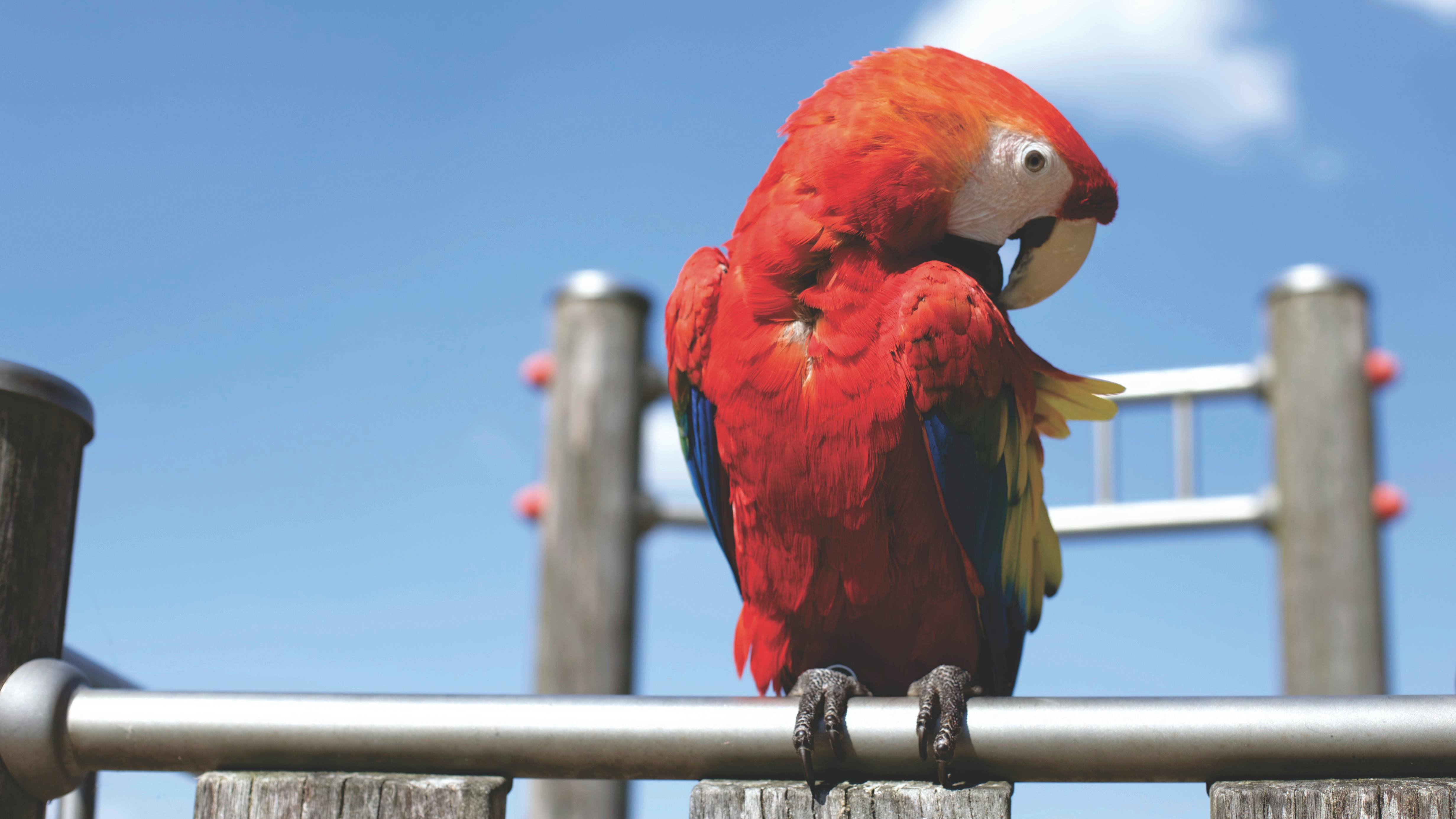
Smart Ways to Enhance Your Cute Hamster Care in 2025
Hamsters have long been cherished as delightful pets, especially among families and individuals alike. With their tiny, furry bodies, captivating behaviors, and undeniable charm, cute hamsters bring joy to many homes. As we move into 2025, enhancing your hamster care regime is crucial to ensure they live happy and healthy lives. Understanding their needs, personalities, and the best practices in caring for them can transform a simple pet ownership experience into a joyful journey.
Effective hamster care can include expanding on their habitats, providing varied diets, ensuring they have stimulating toys, and maintaining regular health monitoring. Notably, dwarf hamsters and other popular breeds require specific accommodations and understanding of their unique behaviors. Many hamster lovers find that improving their pet care practices creates a more vibrant and loving environment for these adorable creatures.
This article takes you through smart ways to enhance your hamster care, covering topics like habitat setup, nutritional needs, interactive toys, and health check-ups. By engaging in these practices, you pave the way for a content and playful hamster. Let's explore these aspects thoroughly to help you foster a loving relationship with your hamster!
Essential Steps to Create a Quality Hamster Habitat
After appreciating the importance of hamster care, the next logical step is to focus on creating an optimal habitat. A well-designed hamster enclosure is pivotal for a happy hamster.
Choosing the Right Cage for Your Hamster
When selecting a cage for your pet hamster, consider various elements like size, design, and materials. Dwarf hamsters thrive in larger enclosures with ample space for exercise and exploration. Look for cages that offer multiple levels or compartments, which can provide additional room to roam and explore.
It's also essential to ensure that the materials used are safe. Opt for non-toxic, chew-resistant materials that can withstand a curious hamster's gnawing. Wire cages with solid floors can provide ventilation while allowing enough privacy for your furry companion.
Decorating Your Hamster Habitat
Equipping your hamster's habitat with the right accessories can greatly enhance their quality of life. Adding tunnels, hammocks, and chew toys can stimulate your hamster's curiosity and encourage exercise. Incorporating natural wood or soft fabric materials adds comfort to their living space.
Moreover, remember to include a cozy bedding material to help regulate their body temperature and provide a safe sleeping environment. Avoid cedar or pine shavings, as they can cause respiratory issues and other health problems over time.
Maintaining a Clean Environment
Regular cleaning of your hamster's habitat is crucial for their health. Spot clean the cage daily, removing any uneaten food, waste, and soiled bedding. A full bedding change should occur weekly or bi-weekly, depending on the type of bedding used. Always ensure that cleaning agents are pet-safe, using vinegar or mild soap followed by thorough rinsing when necessary.
Feeding Your Hamster for Optimal Health
Food plays a critical role in keeping your hamster active and healthy. Understanding the dietary needs of various hamster breeds can help tailor their diet for the best outcomes.
Choosing the Best Hamster Food
Investing in high-quality hamster food is fundamental. Most pet stores offer rodent pellets specifically formulated for hamsters. These should be the basis of their diet. Supplementing this with fresh fruits, vegetables, and occasional protein treats like cooked chicken can diversify their nutritional intake, ensuring they receive essential vitamins and minerals.
Understanding Hamster Dietary Needs
Hamsters have particular dietary requirements based on their species and age. For example, baby hamsters need more protein while elder hamsters may require a softer diet. The best food for each type of cute hamster might vary significantly, so research the needs of your specific breed.
Additionally, always monitor your hamster’s weight and adjust their food portions accordingly. Overfeeding can lead to obesity, which poses severe health risks for hamsters.
Interactive Toys to Stimulate Your Hamster's Mind
Beyond proper habitat and diet, providing engaging toys can significantly boost your hamster's well-being. Interactive playtime fosters a strong bond between pets and owners.
Best Toys for Hamsters
Selecting the right toys is key. Hamster wheels offer fantastic opportunities for exercise, satisfying their natural urge to run. Ensure the wheel is the correct size to prevent injury to their backs. Additionally, toys that stimulate their hunting instincts, such as tunnels or treat-dispensing toys, can keep them entertained for hours.
Creating DIY Hamster Toys
If you're feeling crafty, consider making your hamster toys. Simple DIY projects using cardboard tubes, untreated wood blocks, and other safe materials can create unique enrichment tools. Be sure to supervise your hamster with new toys to ensure safety, especially when first introducing them.
Keeping Track of Your Hamster's Health
A crucial aspect of responsible pet ownership is monitoring your hamster's health. An attentive owner can identify signs of illnesses early and take action.
Regular Health Monitoring Tips
Make it a routine to check your hamster’s teeth, fur, and overall behavior. Healthy hamsters exhibit lively behavior and consistent eating patterns. If a hamster becomes lethargic or shows changes in eating habits, these could indicate health problems.
Common Hamster Health Issues
Familiarize yourself with common health problems that affect hamsters, such as wet tail and respiratory infections. Remaining informed enables proactive measures, including professional veterinary visits when necessary.
Hamster Socialization for Enhanced Bonding
Socializing with your pet hamster is vital, as it enhances their friendliness and lowers stress levels. Understanding hamster behavior can help in training and bonding.
Training a Hamster for Better Interaction
Implementing simple training techniques can familiarize your hamster with gentle handling. Use treats to incentivize and reward good behavior during training sessions. Gradually introduce them to hands, encouraging them to step onto your palm instead of forcing them out of their cage.
Understanding Hamster Social Behavior
Different hamster species exhibit varying levels of sociability. For instance, some dwarf hamsters are more social and may enjoy companionship from other hamsters, while Syrians prefer solitude. Recognize and respect your specific hamster’s needs to avoid stress or aggression.
Q&A: Common Questions About Hamster Care
1. What are the best hamster breeds for kids?
Many parents find dwarf hamsters particularly suited for children due to their small size and playful nature. They are often regarded as the best hamsters for children.
2. How do I know if my hamster is healthy?
A healthy hamster will have clean fur, be active during their playtime, and eat regularly. Monitoring for these signs helps ensure your furry friend remains fit.
3. What’s a typical lifespan for a pet hamster?
Generally, hamsters live for about 2 to 3 years. However, care quality greatly influences this lifespan, with happy and healthy hamsters often living longer.
4. How often should I play with my hamster?
Engaging with your hamster daily is ideal. Short play sessions of 15-30 minutes allow them time to exercise and bond while relieving boredom.
5. Can hamsters be trained to do tricks?
Yes, hamsters can learn simple tricks and commands, especially with patience and positive reinforcement. This not only stimulates their minds but also strengthens the bond between you and your adorable pet.

